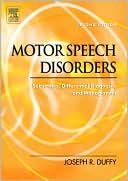Cognitive-Communicative Disorders of Dementia
Search in google:
\ Reviewer: Ilana B Friedman, BA, Edu(George Washington University)\ Description: This easy to use book on communication disorders associated with dementia begins with the information necessary for understanding the rest of the chapters. Some definitions were needed in order to create a standard reference for the reader, and the authors have done a nice job of providing them. Organization of the chapters is logical and appropriate. Chapters are not too lengthy and provide sufficient information and details. \ Purpose: The purpose is to provide students and practicing professionals the knowledge needed to diagnose and treat dementia-associated communication disorders. This is a worthy objective because little information exists in the field regarding the treatment of communication disorders in patients with dementia. As this population is increasing, the book is a necessary addition to a clinical library. The book meets the authors' objectives to provide knowledge; more research and experience would be needed to put principles into practice. \ Audience: Although written for students and practitioners, the book is most appropriate for student use. Both authors have experience in the clinical field of speech language pathology, particularly working with neurogenic disorders and elderly populations. \ Features: The book provides a basic introduction to cognition and communication, dementing diseases, and their effects on communication and cognition. Additionally, it covers assessments that can be used for diagnosis of cognitive communication disorders and treatment strategies for this population. \ Assessment: The book is sufficient to serve as a further investigation into cognitive-communication disorders associated with dementia. It requires some understanding of neuroanatomy and communication disorders in general. The chapters are well written and of a length that is realistic for someone who is in a graduate program. Photographs and drawings contribute to the reader's ability to recognize and diagnose cognitive-communication disorders associated with dementia.\ \

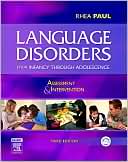

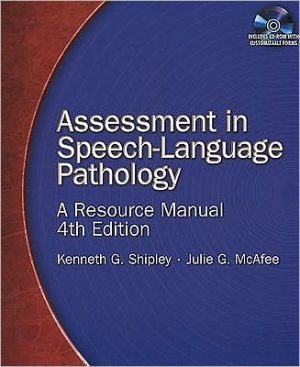
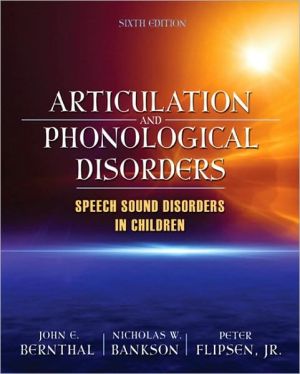
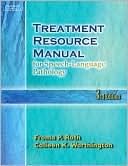
![Introduction to Audiology [With CDROM] Introduction to Audiology [With CDROM]](/application/data/covers/31/18/9780205593118.jpg)
